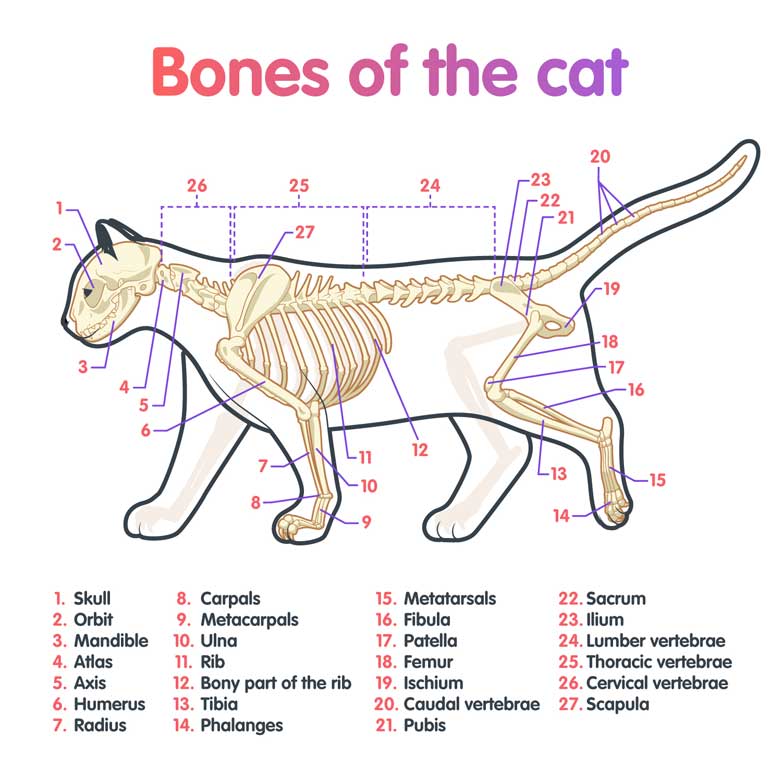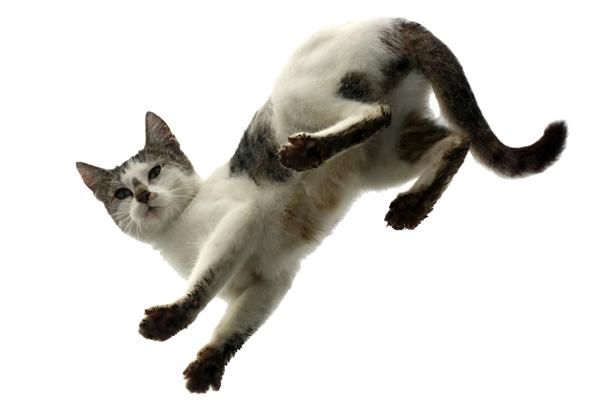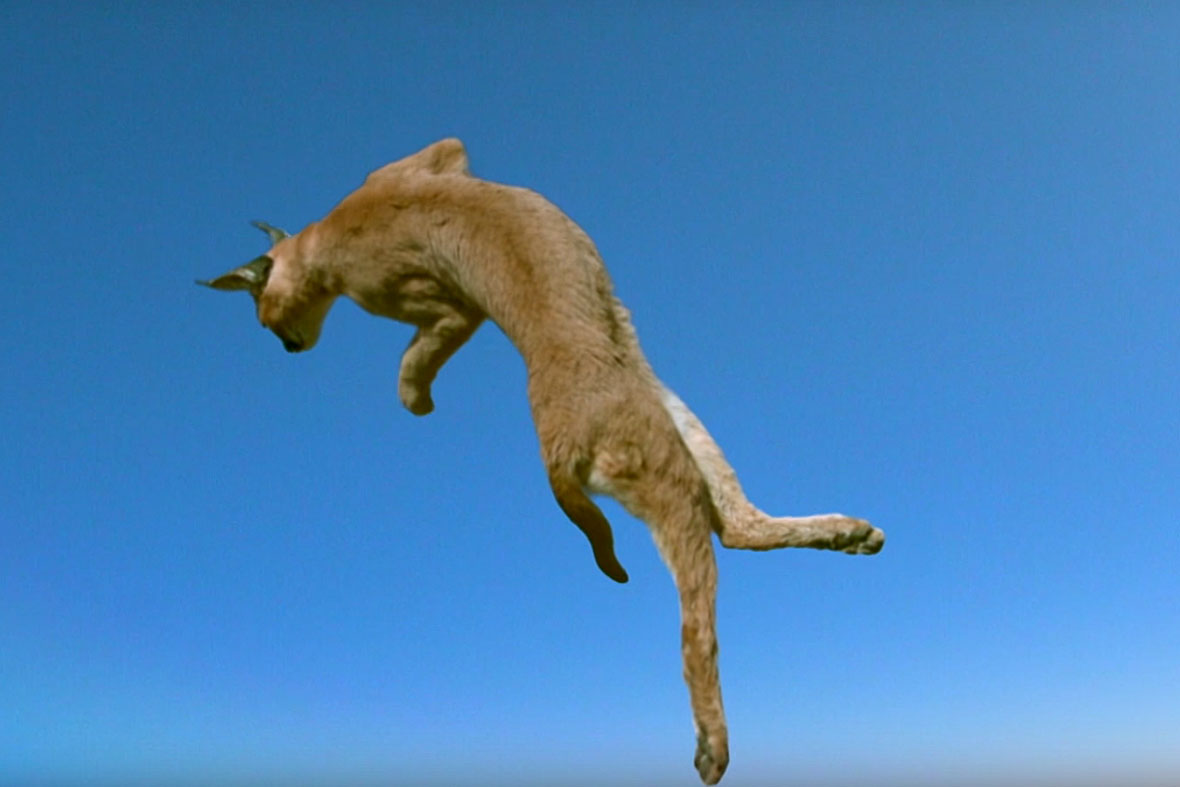Cats are as beautiful as they are mysterious.
Ever witnessed your furball flex his muscles through a narrow space or watched as he zipped across the room and landed on his feet without breaking a bone?
How about the time he arched his back so far that made you stare in bewilderment?
Every day, these adorable little pets pull some stunts that make us appreciate them a little more.
As ardent hunters, cats have what it takes to be successful on the hunt.
They are experts at stalking, pouncing, and chasing prey.
From jumping nine times their height up from a standing position to running up to 30 miles per hour, they can do twist their bodies beyond your wildest imagination.
While most of this is credited to the feline elastic spine, it is also a result of clavicles (or lack thereof).
What Are Clavicles?
The clavicle or collarbone is a thin, S-shaped long bone that joins the hand to the body.
it is positioned between the shoulder blade (scapula) and the ribcage (sternum).
Besides acting as the joint between the arm and the body, the clavicle protects the nerves and blood vessels beneath it and transmits force for the upper hand to the axial skeleton.
When you move your hand up and down, it is the responsibility of the clavicle to stabilize it without dislocating the joint.
It achieves this by anchoring the shoulder blade to the ribcage.
Do Cats Have Clavicles?

Source: 1
When it comes to acrobatics, very few animals beat domestic cats.
One minute they will be up in the air only to land safely on their feet the next and proceed to flex their muscles ingeniously.
As mentioned before, they can fit in ridiculously small spaces. With a body that stretches them almost thrice its length, it is no wonder kitties can push themselves to distances you never imagined possible.
Essentially, a cat’s skeleton is closely related to that of human beings.
Felines have 230 bones while human beings have 206. Similarly, cats have 13 ribs while humans have 12.
Because of this, it is easy to think that felines also have collarbones that hold their forelimbs in place.
Well, there’s some truth in this statement but there’s more to a cat’s clavicle than meets the eye.
Essentially, kitties do have clavicles only that they are a bit different from those of human beings.
For one, their clavicles are reduced in size. Sure, they bear the same structure as the collarbone of all primates but they are much smaller.
The clavicles are located on the forelimbs just above the humerus and look like small strips of fibrous tissue hid in between muscles.
Additionally, rather than attaching to other bones, the feline clavicle is detached, also called “free-floating”.
This means that it doesn’t connect to other bones in the shoulder region.
On the contrary, it is buried in the muscles. It is these muscles that connect the forelimbs to the body.
What Is The Function Of The Clavicle?
Some sources will claim that the free-floating feline clavicle is non-functional.
However, it does serve a function. If it didn’t, evolution would have gotten rid of it a long time ago.
The main purpose of the cat’s clavicle is to boost flexibility. Since it is not rigid, it contributes to the kitty’s ability to squeeze through tiny spaces.
This fact alone gives the cat plenty of freedom to move around and run in stride.
The next time you wonder why you cannot assume the cat pose, it is because you don’t have free clavicles and a super flexible spine.
The tiny clavicles allow the cat to flatten his body and thrust it through the tiniest of places.
Kitties can flatten their bodies to pancake-like proportions. As long as the head fits, the feline body can fit as well.
The clavicle also gives the cat the ability to spring on its target without breaking its bones.
Together with developed hind limbs and powerful muscles, it makes it possible for the kitty to spring toward prey much more efficiently.
Can Cats Survive Without Their Clavicles?

Although it doesn’t have a big function, the feline clavicle, in a way, contributes to the survival of the kitty.
Without it, your furball may not be as flexible as he is now.
There are certain acrobatic movements that he will not be able to hack because his body may not assume a super flat shape like before.
The good thing is that the clavicle is only a part of a cat’s ability to navigate narrow and small spots.
His elastic spine will do most of the job if the collarbone was missing in action.
Thankfully, the clavicle is a very tiny structure that rarely gets fractured.
In most cases, your kitty is likely to break his shoulder bones in bad accidents than his collarbones.
Sadly, shoulder bone injuries cause deadly side effects for your kitty. This is because they serve big functions in the body.
Additionally, they have nerves that make them incredibly painful for your mouser.
When all is said and done, fracturing a clavicle should be your least of concerns as a cat parent.
Even if it happens, your kitty will live a good life without his collarbone (s).
Related Post: Can Cats Survive with 2 Legs?
Parting Thoughts
As many would have it, cats do not have clavicles. Well, it is clear from this guide that they indeed do.
They are only much smaller and serve a less significant function compared to other bones in the body.
Still, they exist to give your sweet kitty an all-around life.

Hi! I am Eleanor Price. I started this website after my cat, Louie, almost died from a case of botulism (a type of food poisoning often caused by bacteria that grow on food items). Turned out that my cat’s diet was the problem. I have made it my duty to provide the best information and recommendations about everything cat lovers need to know about their felines’ health and wellbeing. My goal is to find the most informative content on anything feline-related and share it with fellow hardworking kitty lovers.

